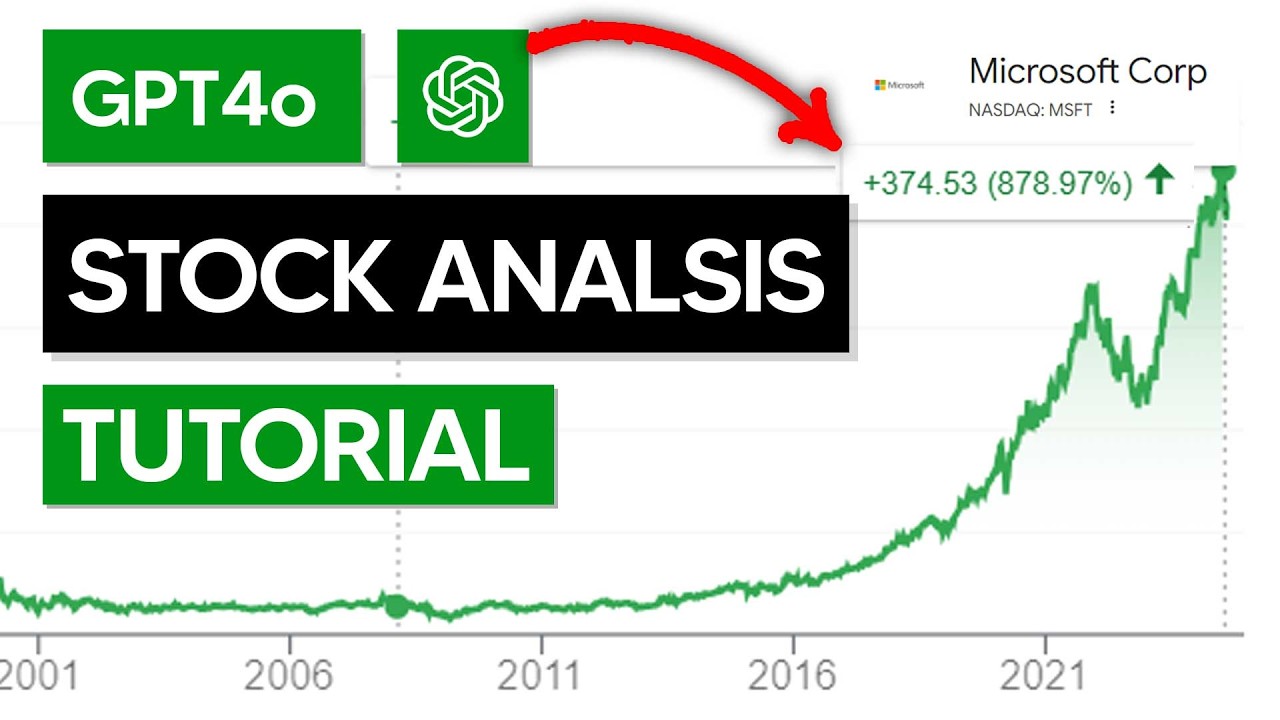20 Free Tips For Picking Best Ai Etf Websites
Top 10 Tips For Pricing And Costing Of Ai Technology For Predicting And Analyzing StocksExamining the price and cost of AI stock predicting/analyzing trading platforms is crucial to ensure you are getting the most value in exchange for your money, and avoid hidden charges or unexpected expenses. Pricing can vary greatly, so it's important to know the value you get from your investment. Here are ten top strategies to help you assess the price and cost of these platforms.
1. Understand Pricing Model
Subscription: Make sure to verify if a platform has an amount per year or month and what's included in each level.
Pay-per-use: Determine if you are charged based on the usage of the platform (e.g. number of transactions or requests for data).
Freemium Model: Look to see if the platform has a free tier that offers only a few features. Premium features are billed for.
2. Compare Pricing Tiers
Review the features of each price level, e.g. Basic, Professional Enterprise, and Basic.
Scalability. Make sure you have the appropriate pricing for your needs.
Upgrade flexibility: Find out whether you are able to easily change or upgrade your plan as your requirements alter.
3. Evaluate Hidden Costs
Data fees: Make sure to check whether there are additional fees for premium data (e.g. live data, or advanced analytics).
Brokerage fees Check to see if the platform has additional charges to conduct trades or connect with brokers.
API usage - Determine if there are additional costs associated with API access or high-frequency use.
4. Try out demos for free and trials
Trial period: Look for websites that offer an opportunity to try a demo or a free trial to let you try out the features before you commit.
Trial limitations: Make sure to check whether the trial is free and includes all features or is restricted in its functionality.
No-commitment option: Make sure that you are able to cancel your trial if it doesn't meet your requirements.
5. Look for promotions and discounts. deals
Discounts for annual plans: Check if there are any discounts offered by the platform compared to the monthly plans they offer.
Referral Programs: Find out whether your platform offers discounts or credit to users who refer others.
Bulk or Institutional Pricing If your company is a large one it is possible to ask about bulk or institutional pricing.
6. How to Evaluate Return on investment (ROI).
Cost in relation to. worth: Evaluate whether the capabilities and forecasts offered by the platform justify its cost. Do you have time saved or make better choices in trading?
Track record of performance Check out the platform's rate of success or user reviews to determine its ROI potential.
Alternative costs: Compare the platform's cost to the cost that could be incurred by not using it (e.g., missed opportunities, time spent on manual analysis).
Review Cancellation & Refund Policies
You can end your subscription at any time, without incurring penalties or fees.
Refund Policy: Verify whether your subscription allows a refund if any of the subscriptions are not being used.
Auto-renewal. Verify if the platform automatically renews your account. If it does then you'll have to figure out how to optout.
8. Pricing Transparency:
Price page that is clear: Make sure your platform provides a thorough and accurate pricing page, without hidden costs.
Customer support: Contact customer support to discuss any pricing issues or costs.
Contract Terms: Read the contract's terms carefully to determine whether there are penalties or obligations over the long term.
9. Check out your competition
Compare the features and costs of different platforms to get most value.
User reviews: Study reviews from users to determine if others feel that the platform is worth the price.
Market positioning: Find out whether it's priced at a high-end, mid-range, or low-cost option, and if that aligns with what you would expect.
10. Assess the long-term costs
Price increases: Find out whether and how often the platform increases its prices.
Feature Additions: Evaluate whether you have new features in the current version or if you need to upgrade.
Scalability costs: Ensure the platform's pricing remains reasonable in the event that your trading activities or data requirements increase.
Bonus Tips
Trial different platforms: Try multiple platforms during free trials to test their performance and value.
Negotiate your pricing. If you're a part or a larger institution or you're using this product in huge quantities, discuss pricing options that are custom.
Look for educational resources There are some platforms that offer free educational tools or resources that can add value beyond the core features of their platform.
Utilize these suggestions to determine the price and cost of AI platform for analyzing and predicting stocks. Pick one that best meets your requirements and is with your budget. A balanced platform can offer you the best of both worlds in terms of affordability and functional. View the best our website about chatgpt copyright for more recommendations including ai trading platform, ai stocks, chart analysis ai, chart ai trading, stocks ai, chart analysis ai, ai investment platform, ai stock, copyright financial advisor, ai trading app and more.

Top 10 Tips For Evaluating The Scalability Ai Trading Platforms
To ensure AI-driven stock prediction and trading platforms are scalable as well, they should be able to deal with the ever-growing volume of data and the increasing complexity in markets, as well as customer demands. Here are 10 top tips on how to evaluate the scaleability.
1. Evaluate Data Handling Capacity
Tips: Make sure the platform can handle and analyze large amounts of data (e.g., historical stock data, real-time market feeds, or alternative data such as news and social media).
The reason: A scalable platform should be able to handle the growing data volume without performance degradation.
2. Test Real Time Processing Capabilities
Check out how well your platform can handle live streams of data in real-time, like live stock quotes, or breaking news.
Reason the trading decision is made in real-time. Delays could cause traders to miss opportunities.
3. Cloud Infrastructure and Elasticity
Tip: Determine whether the platform is cloud-based infrastructure (e.g., AWS, Google Cloud, Azure) and is able to scale resources dynamically.
Cloud-based platforms offer the flexibility. They allow the system to scale up or down according to the need.
4. Algorithm Efficiency
Tip: Assess the efficacy of AI models employed to predict (e.g. Deep Learning and Reinforcement Learning).
The reason: Complex algorithms can be resource-intensive. Optimizing them is the key to scaling.
5. Investigate Parallel Processing and Distributed Computing
Tip: Determine if a platform uses distributed computing and parallel processing frameworks.
Why: These new technologies offer faster data analysis and processing across multiple nodes.
Review API Integration.
Check out the platform's integration capabilities with external APIs.
The reason is that seamless integration allows the platform to adapt to new trading environments and data sources.
7. Analyze User Load Handling
Make use of a high-traffic simulation in order to check how the platform reacts under pressure.
Why? A scalable platform should be able to keep up with performance as the number of users increases.
8. Evaluation of Model Retraining and the Adaptability
Tips: Find out how frequently and how effectively AI models are re-trained using new data.
The reason: Markets change, and models need to be able to adapt rapidly to maintain precision.
9. Examine for fault tolerance and redundancy.
Tip: Make sure the platform is equipped with failover mechanisms to deal with software or hardware failures.
Why? Downtime in trading can be costly, so fault tolerence is important to allow for the scalability.
10. Monitor Cost Efficiency
Analyze costs associated with scaling up the platform. This includes cloud resources as well as data storage as and computational power.
The reason: Scalability shouldn't be a burden that is unsustainable which is why balancing performance with cost is crucial.
Bonus Tip Future-Proofing
Make sure the platform is able to incorporate advanced technologies (e.g. quantum computing and advanced NLP), and is able to adapt to regulatory changes.
Concentrating on these factors will enable you to evaluate the scalability AI stock prediction and trading platform, and ensure that they are sturdy effective, efficient and ready for future expansion. View the most popular next page about ai stock picks for blog examples including trading chart ai, ai trading platform, best ai stock trading bot free, best stock advisor, incite, chatgpt copyright, ai investment app, best ai stock trading bot free, best ai stock trading bot free, trading with ai and more.
